Work in Progress and Set Up
The things that I like about my work also make planning for an exhibition difficult. My work is experimental and instinctive. I like to work with a variety of different media. My work is of the moment, inspired massively by my feelings, surroundings, people I talk to, books I read, or even the time of year... so when I was asked at the beginning of the year to describe what my show might look like I had absolutely no idea. Actually, that is a lie, I had too many ideas and all of them were completely different. I became worried that my work would not sit together well in an exhibition. At some point I realised that these barriers were all in my own head. My work sits together well because it is all form me. The plans did not have to be fixed but rather a guideline to follow. I continued to create a variety of work from different mediums and as the year progressed, I made choices about what the focus of the show would be. I felt that going back to drawing, which underpins my work, was a good choice for me. I followed my instincts and trusted the process, and hoped for a cohesive outcome.
I arranged my sculptural pieces to be in conversation with the drawings and paintings. I wanted the connections to feel rhizomatic, like there could be multiple strings connecting the pieces. I spent time thinking about how a viewer would encounter the art and how the narratives of the pieces are affected by their placement in the space. There was a moment when I thought that the space was too crowded but I feel that all the pieces displayed flow together and emphasise the stories of the other works, there are conversations and connections between the work that are interesting, and hopefully not overwhelming.
I wanted viewers to interact with the work and be drawn into the narratives and perhaps create their own narratives. There are doors to open and close, and a chair to sit in, and wheels to turn, and moss to water. I hope visitors have an interesting and interactive encounter with my art.

For the Press
"Susan Pearson is showing a series of large-scale drawings and sculptural pieces that delve deep into the subconscious by embracing the surrealist practices of automatic writing and drawing. Her work goes beyond surface level perception to explore themes around spirituality, culture, and folklore. She says, ‘the work is fuelled by the contrasting energy and tensions found in seemingly antithetical forces such as Vulnerability and Strength, Light and Dark, Hidden and Exposed, Strange and Familiar, Uncanny and Homely."
hands on | sculptural sketchbooks | processes and ideas
sketchbooks and inspiration
include experimental and automatic drawings, paintings, 3D experiments, tarot cards, marginalia, drawings from nature, pressed flowers, archeological objects
I carried the themes from my dissertation into my practice. I researched the artists Paul Klee, Paula Rego, and Leonora Carrington that used their work to understand or reveal the imperceptible forces that surround us. These could be forces like time, space, death, love, or spirituality. I linked these artists to Aldus Huxley's Doors of Perception, Giles Deleuze's The Logic of Sensation and Kate Bush song lyrics.
I thought about seemingly antithetical forces like ebb and flow; inside and outside; past and future. I was drawn to archaeology and ancient pasts as well as future worlds, possible apocalyptic worlds; and what would survive and why. These ideas connected to the idea of gods and goddesses of past, present, and future; and the mythology of the three spinning fates. Birth, Life, and Death.
automatic writing and drawing. during my dissertation research, i studied surrealist practices that are designed to bypass conscious thought and access the unconscious. the surrealists were influenced by sigmund freud and his research into dreams and the subconscious, and although i felt that some of the theories were deeply problematic and misogynistic, i still felt it was important to my research to follow the path i had started on years ago. i wanted to try out some of the 'games' and chose automatic drawing and writing. the aim is to be unfiltered. unthinking. free. the results are recorded in my dissertation, i want to avoid overanalysing and allow the drawings and paintings to just be. i think i have a bad habit of diving too deep into the meaning of an artwork and not simply letting it exist for itself once i have done it. this is sometimes helpful and sometimes not. i do not want to analyse things to death. things do die when they are overanalysed, the spark goes, the spontaneity is lost. here are some of the results of simply drawing and simply writing.Photography
Inspiration comes from inside and outside spaces, explored through the quick medium of photography. It is another form of visual research. Quickly capture a compositional idea or a mood or a shadow on a wall. The theme of inside and outside spaces continued into my drawing and sculpture.
Drawing and Painting
Like my sketchbooks, drawing and painting are acts of curiosity. Observing objects from life through art to better understand them. Drawing and painting to form connections with the items and spend time with them. Still life, figure drawing, landscape, found objects. All of these things benefit from the time spent attempting to understand their shapes and textures, the form and colour. Then find out what it is that is interesting about them, begin to abstract them from the initial drawings. Push and pull and experiment and see what happens to the drawing and the story with different types of marks or different colours or contrasts. The outside and inside influences contribute to the work. In that way there is a link to drawing from the unconscious. Drawing to better understand the unconscious. What is the form and colour of the mind? Does is stop being a separate thing from the observable?
Creatures of Memory, shown below with some of the inspiration and sketchbooks, was made using reclaimed MDF, hinges and knobs from an old dresser. I painted on layers of colour and sanded it down to create a worn look. As if it has been well used. I wanted it to feel cosy and accessible, not aloof or grand but inviting and interactive. The viewer is welcome to open and close the doors if they wish.

These lyrics from the Kate Bush song Jig of Life are important, they connect my work together.
I had moments of worry that the sculptural work and the drawings and paintings would not sit well together, but I see connections within them and now I think of them as in conversation with each other. Here is a sculpture and a drawing that have similar themes, they were both inspired by Kate Bush's Ninth Wave. As well as other influences, I was thinking of a 'land of water' and saying, 'hello earth'.

Another example, is the colours echoed in this sculpture, Experiment V, and the paintings below, Hermit i, ii, and iii; aslo the link of the use of the number three, which is an importatn number in Celtic mythology. The contrast of the layered, distressed wood works well next to the flat colour of the paintings.
Sculpture
An important area of my creative practice is experimentation. My sculptural experiments this year began with tea-stained plaster of Paris and soft sculpture. I shaped, manipulated, tore, plaited, and wrapped cloth and yarn to create cords and organic shapes. I enjoyed the bodily feeling of the sculptures, almost part of the human animal, insides, outsides. They were visceral.
I wanted to scale the work up so I used white Portland cement with sand, because it could be moulded and manipulated for much longer than the plaster of Paris. So I used a chicken wire armature, filled with expanding foam which was then carved using a serrated knife. I coated this in a thin layer of sand and glue, to allow the cement to stick. Then I applied the cement, either directly or mixed with cloth, hessian, or dolls hair. On some of the sculptures I added a thin moss spore and yogurt mix to cultivate moss onto the sculptures, this has had a variety of results and is an ongoing experiment that the visitors to the exhibition will be part of, if they choose to water the sculptures. I was interested in how I could create organic forms that reflected natural forces
Two Large Scale Drawings
I created two large scale drawings, Angels of the Apocalypse and The Hermit, the Fates, the Warrior and the Fool. I began both works loosely in charcoal with rough ideas about the characterts that might be included, and a basic layout of shapes but I had no fixed idea of what the outcome would be. I enjoyed that freedom of playing with the characters and the stories as I was working on them. For example, the character of the fool began in my mine as a trickster demon character that might lead people into temptation but they became a character that I thought of as a protecter or friend of the others. I do not want them to have fixed stories so I will not go into much detail here, their stories should remain fluid and changeable. There were many influences for them, including stories from various mythologies and religions of the triple goddess, as well as stories of the fates. I go into more detail about some of the ideas behind Angels and more work in progress pictures in the link below.
I wanted to examine the connections between art, culture, mythology, and philosophy. I thought of my art like Deleuze's concept of the Rhizome, imagining rhizomatic roots connecting the work and the influences and the artists. Angels of the Apocalypse is a good example, religious symbolism led me onto think of Medieval manuscript marginalia and started me on a journey towards ideas of marginal and liminal spaces. I wondered if the things in the margins were the most interesting. Like the marginal people in society. These are people that are at best often misunderstood and at worst, demonised. I began to think they could be angels instead of demons. I was also imagining all this happening at the beginning of the apocalypse, so I was looking at imagery from various apocalypse myths.
My large-scale drawings felt like a continuation of my sketchbooks. I felt completely connected to them as I drew them. I found that there were stories within stories. I could play with space and time. There were a number of layers of drawings, some still visible, like thin sheets of paper in a sketchbook. As if the previous incantations of the drawing still exist.
I wanted viewers to interact with the work and be drawn into the narratives and perhaps create their own narratives. There are doors to open and close, and a chair to sit in, and wheels to turn, and moss to water. I hope visitors have an interesting and interactive encounter with my art.

On reflection I feel the final show works well. As in everything we do in life, there are a few things I would change, for example, I should have elevated the large sculpture, entitled 'Breathing Space'. Sitting directly on the floor does not show it to its full potential, and as I write this I wonder if there is time to change it. Also, I do understand that it will be too much for some people, but for me, it is like a small trip into the inner workings of a small part of my mind, my creative mind believes in 'more is more' rather than 'less is more'. As a whole, I am pleased with the outcome, I have created a space that I would want to spend time in, and I hope that some other visitors feel the same.
I hope there are things people will enjoy, or be intrigued by, or want to discuss, I hope there are things to wonder at.

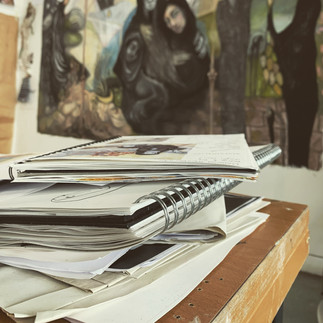
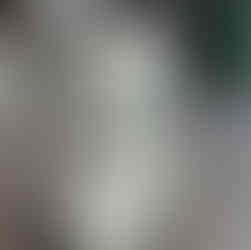

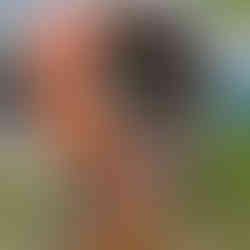


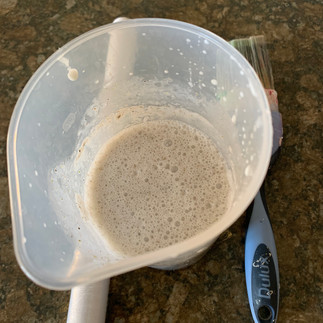
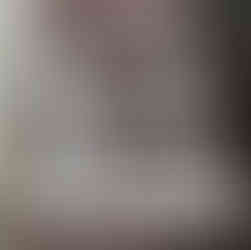

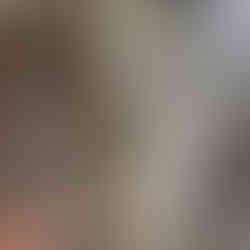

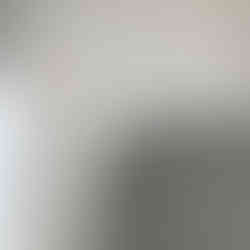

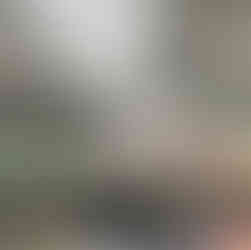

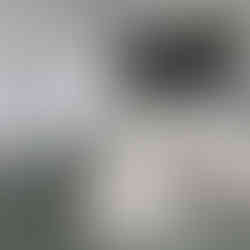

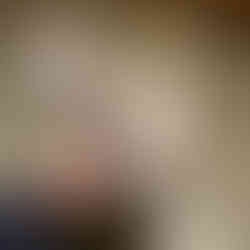


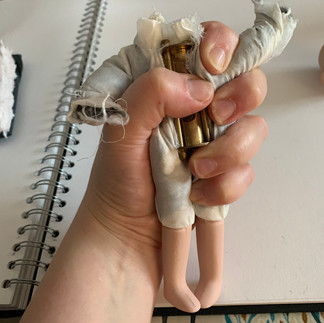
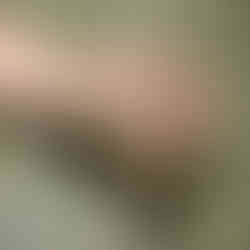

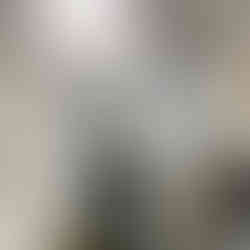


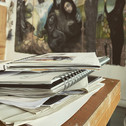
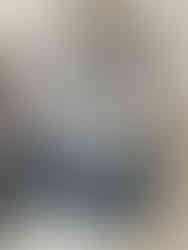



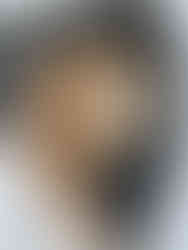

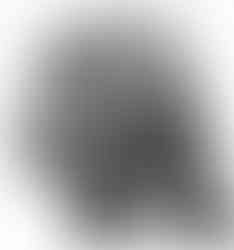

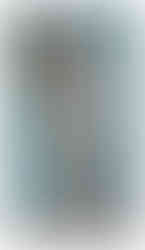

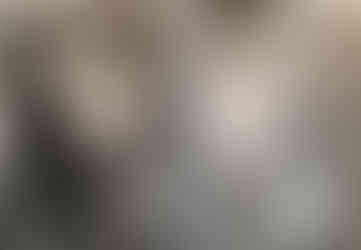

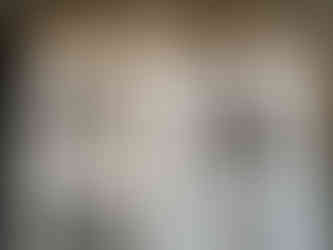

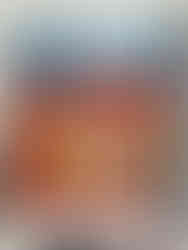



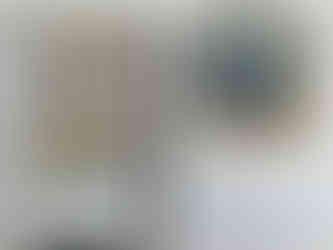





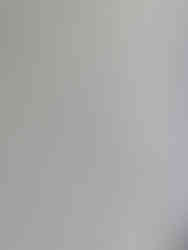











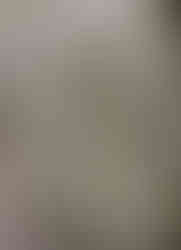


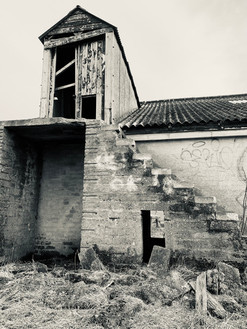

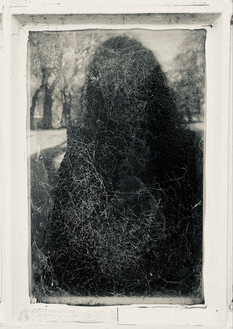
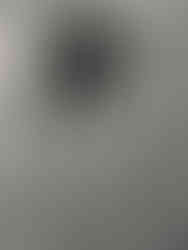


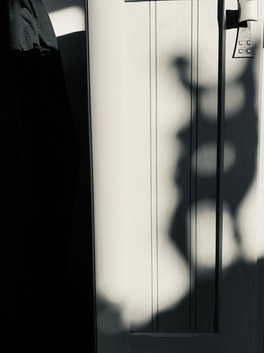
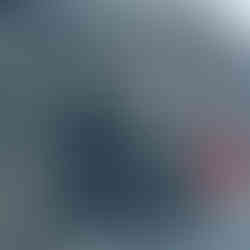

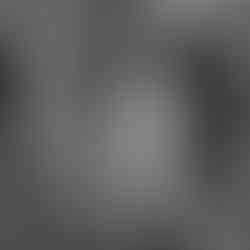

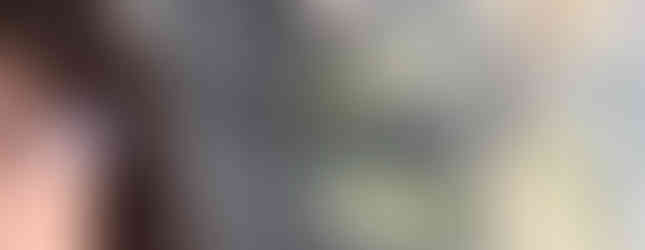













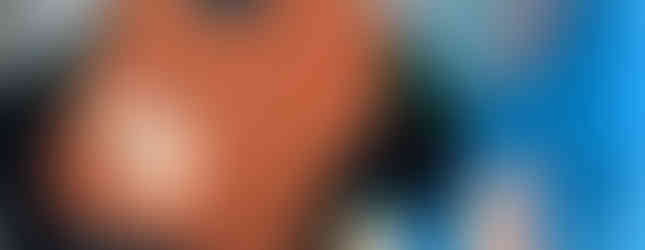

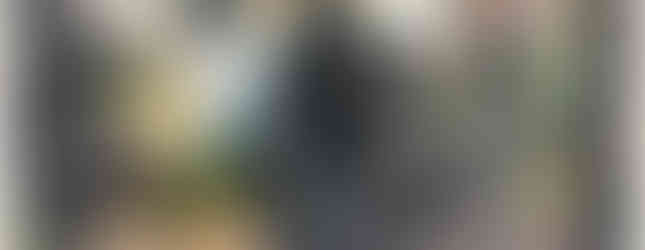



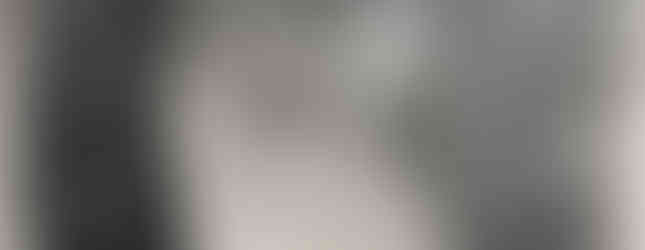

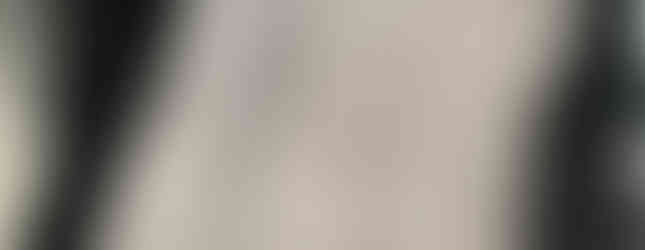

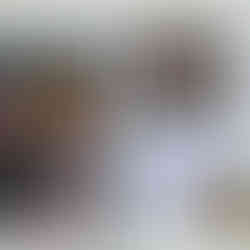










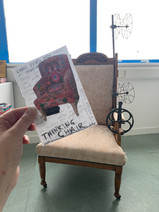



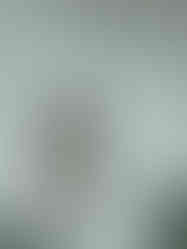





Comentários